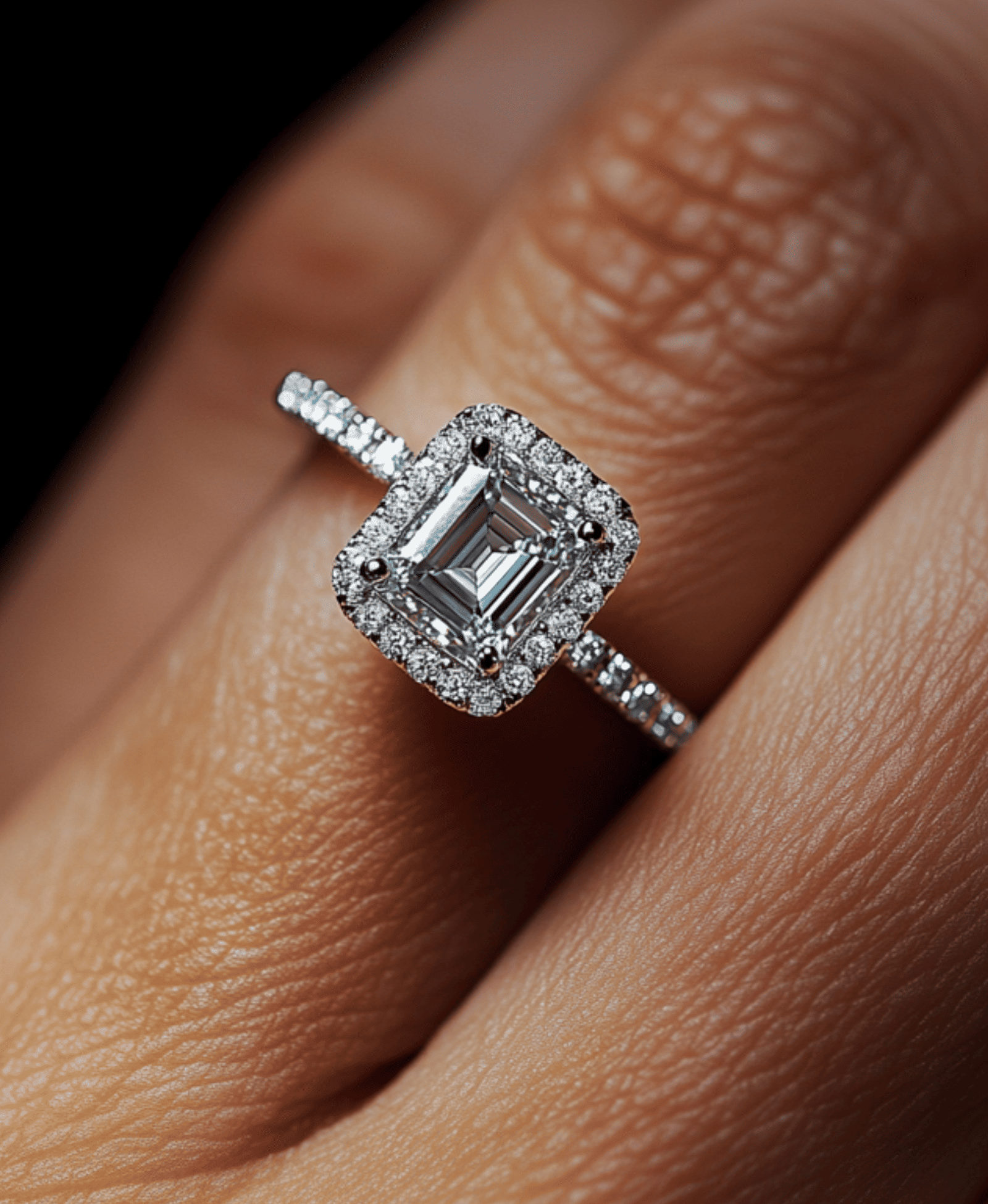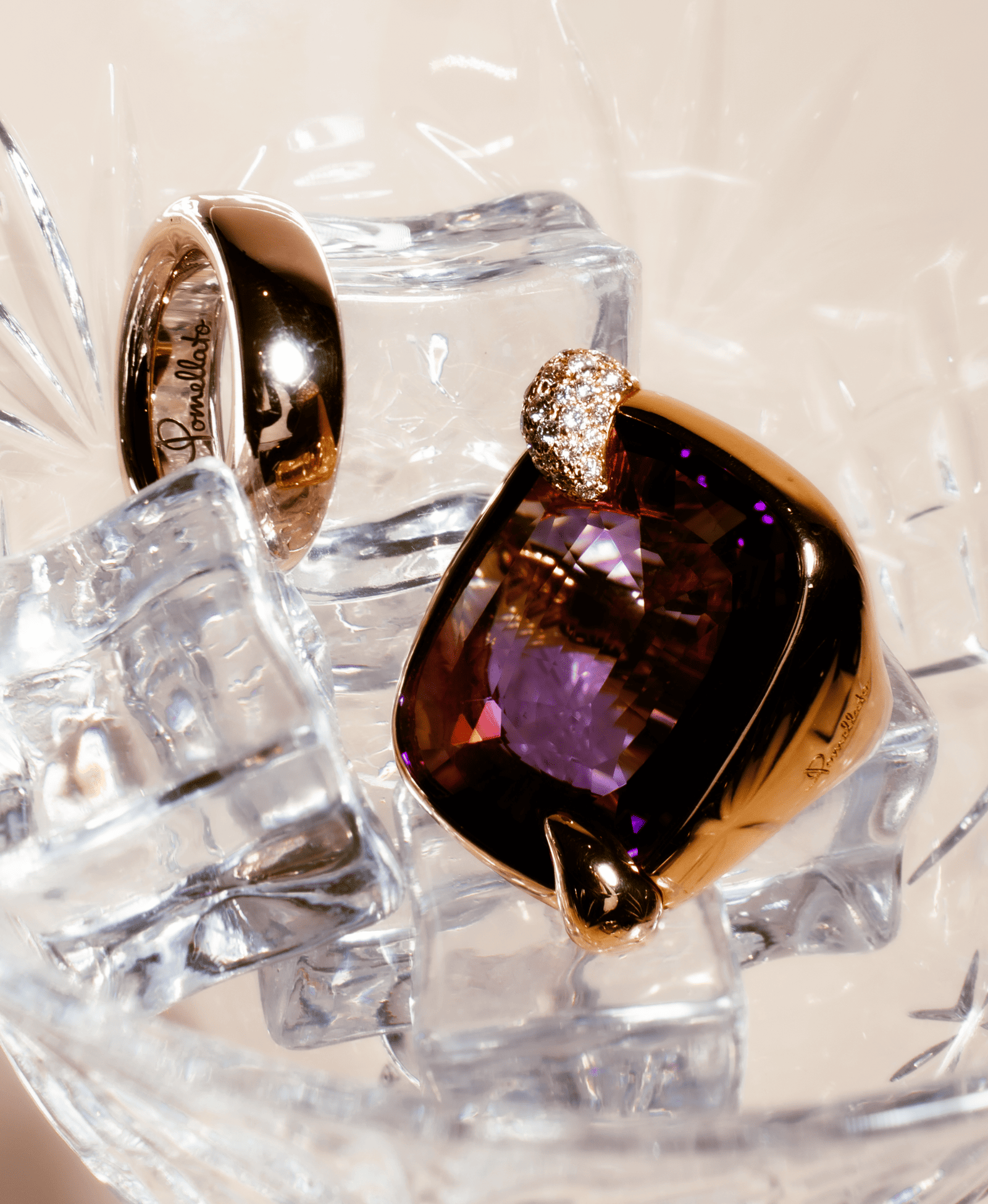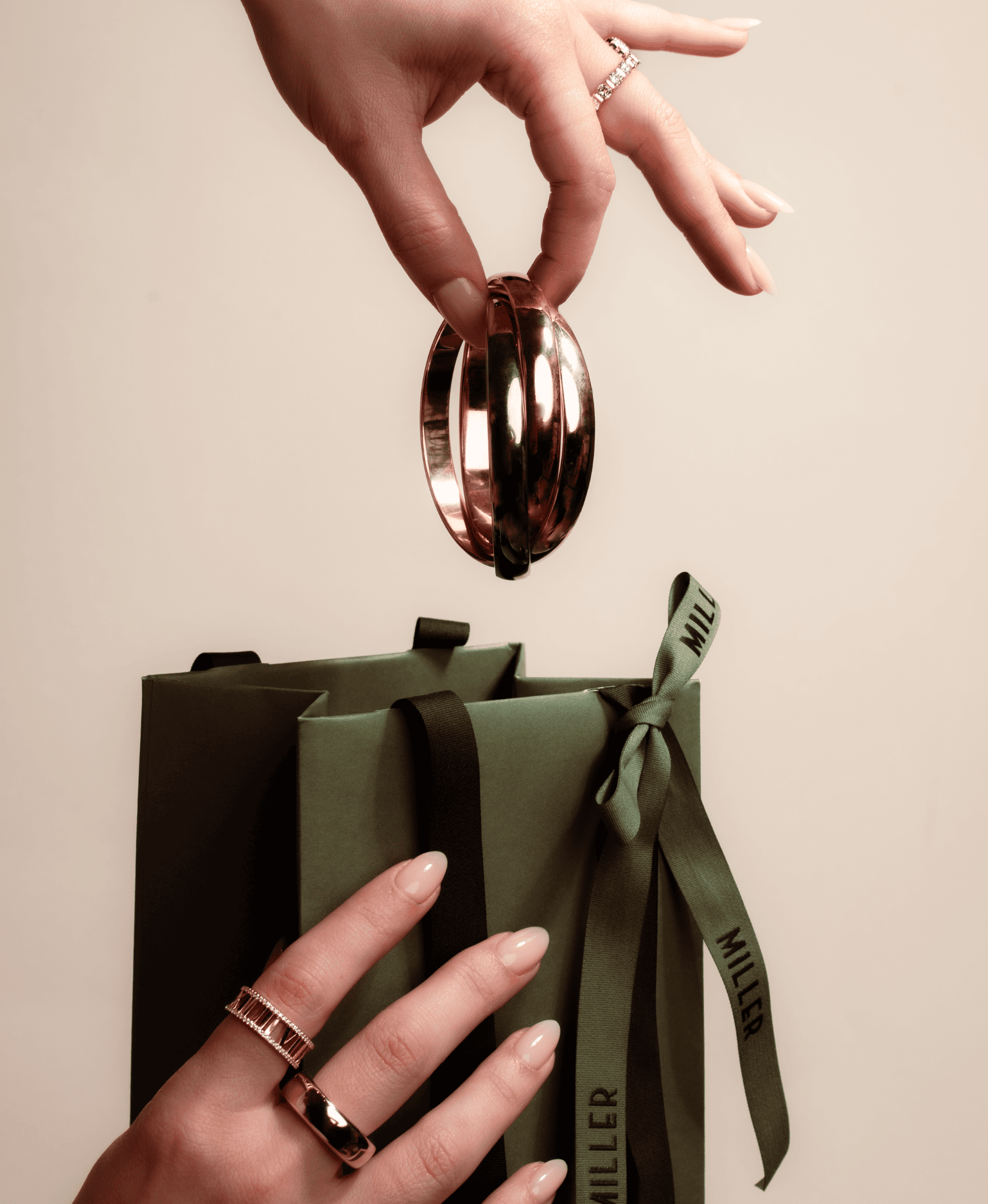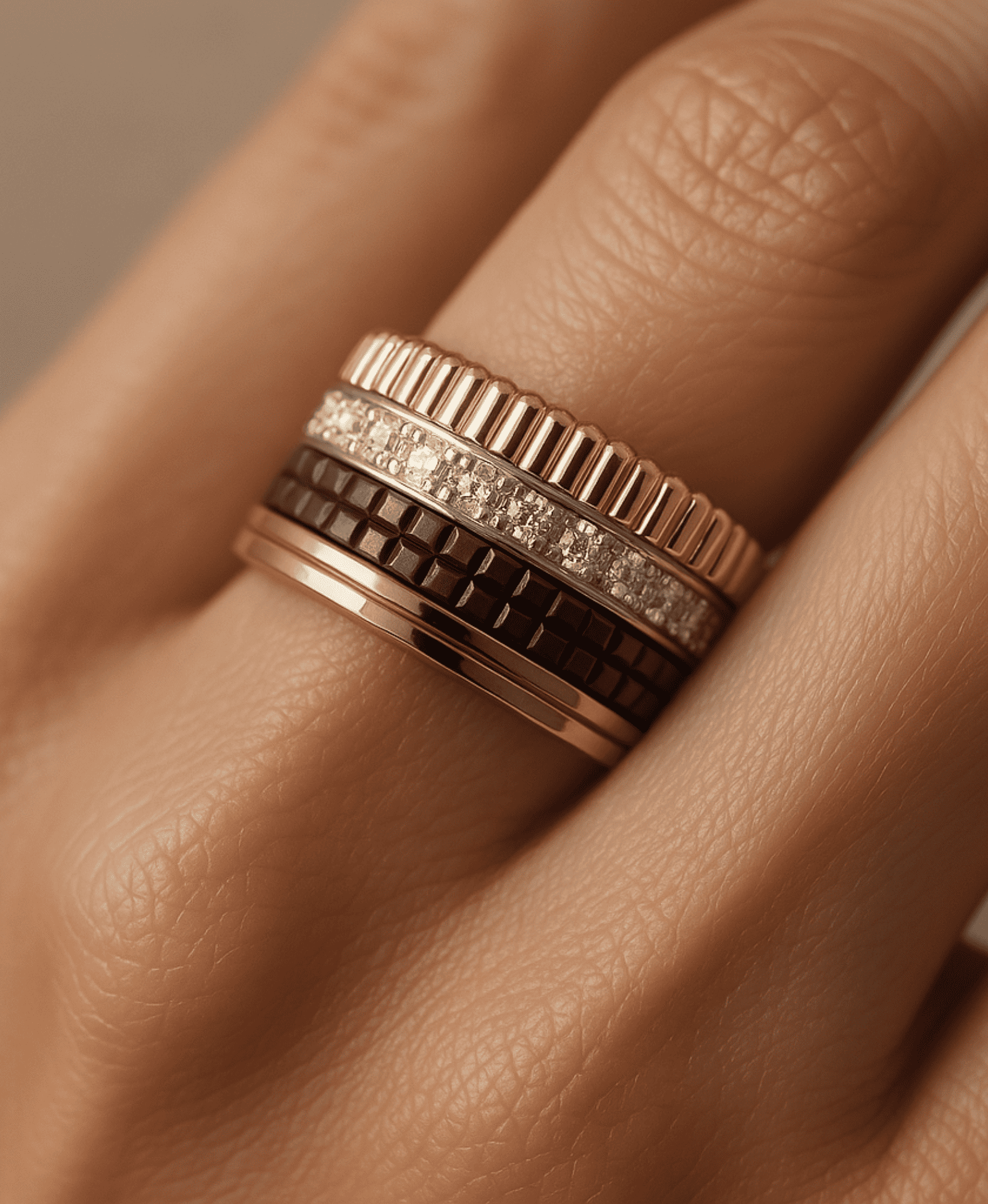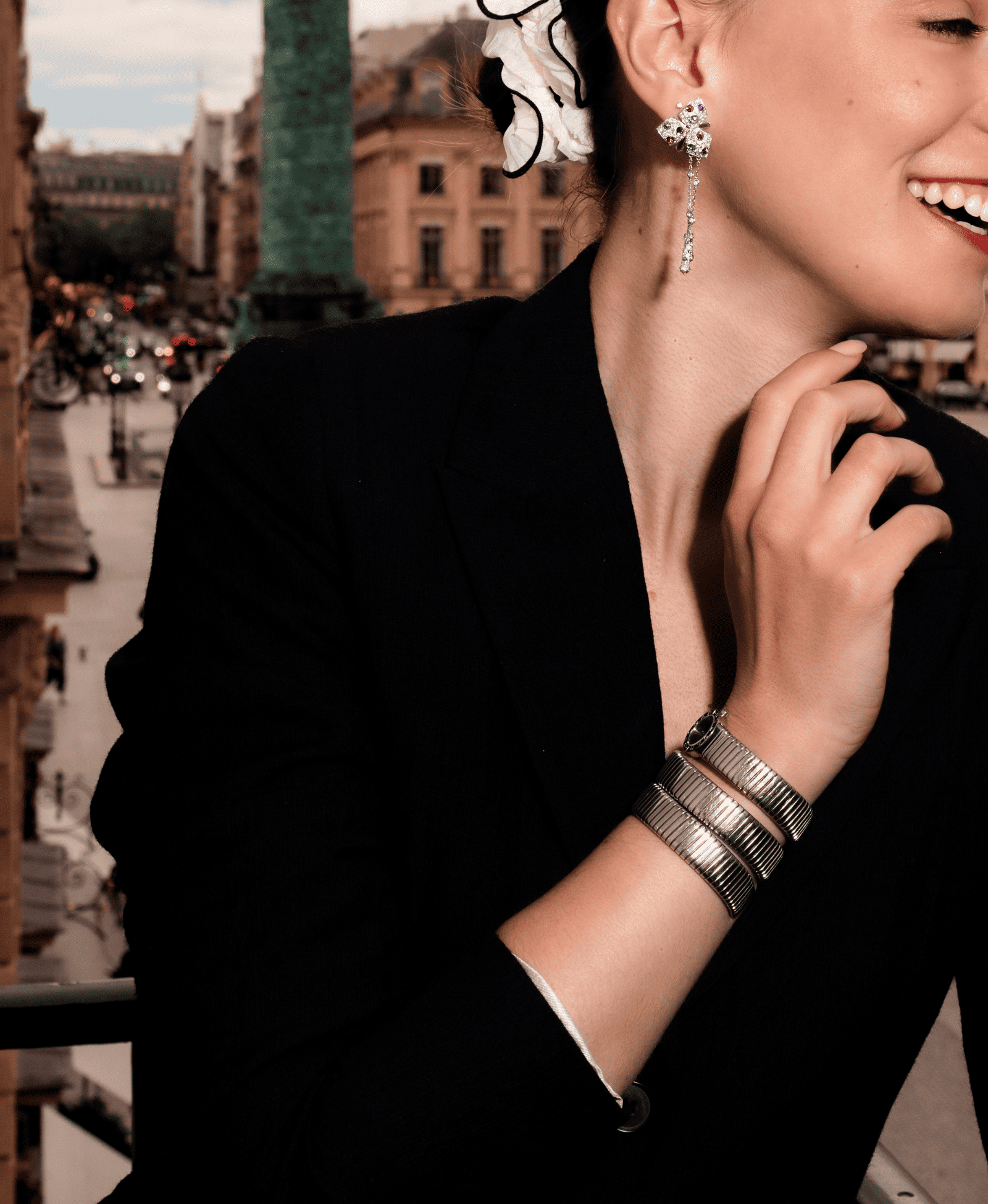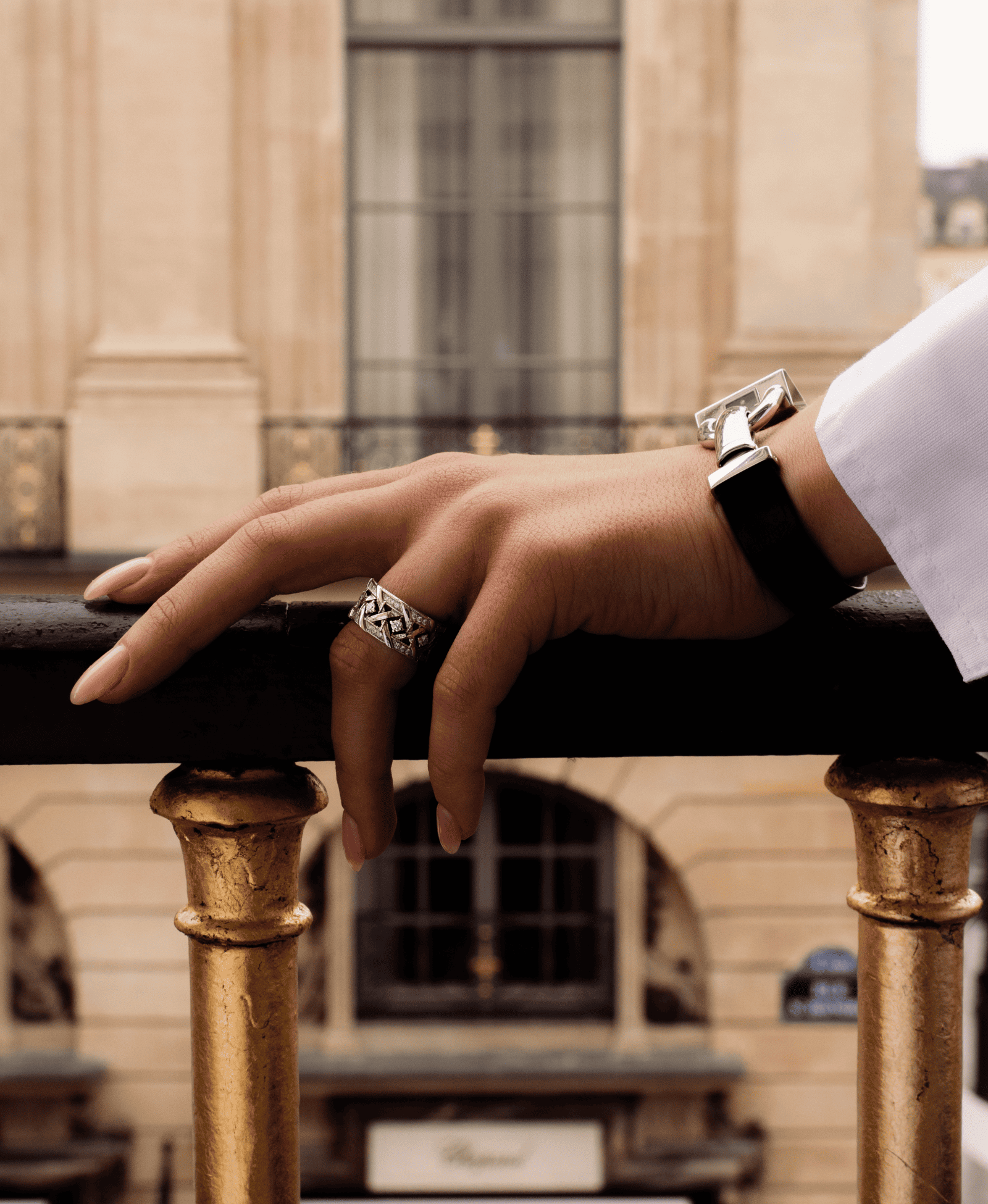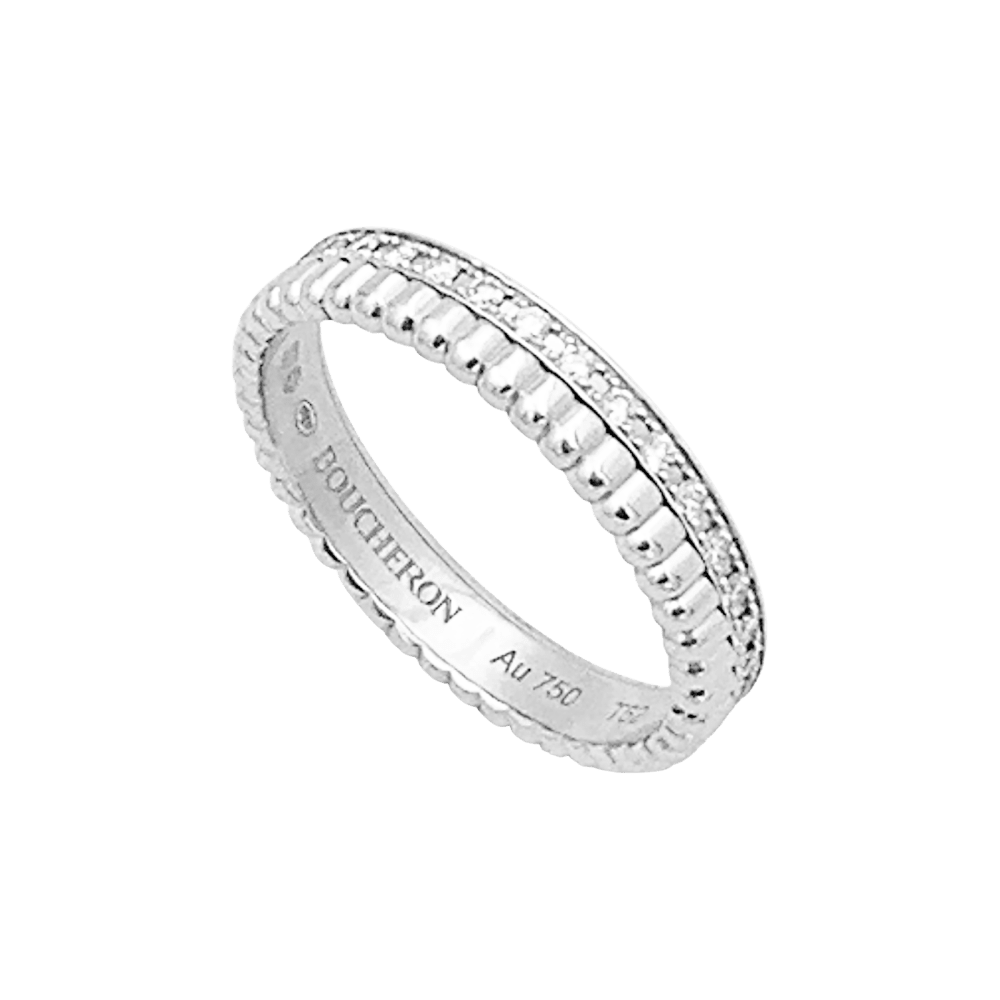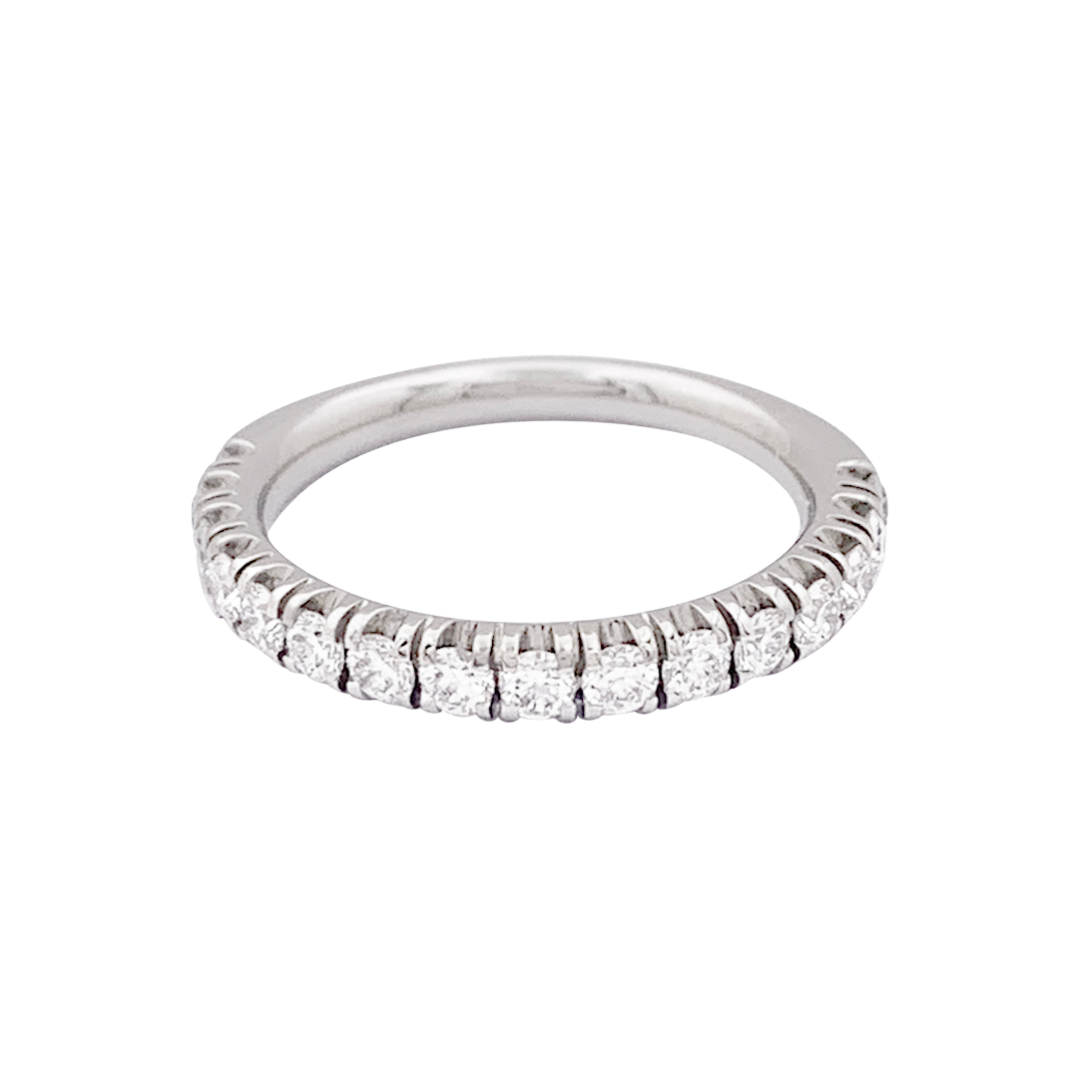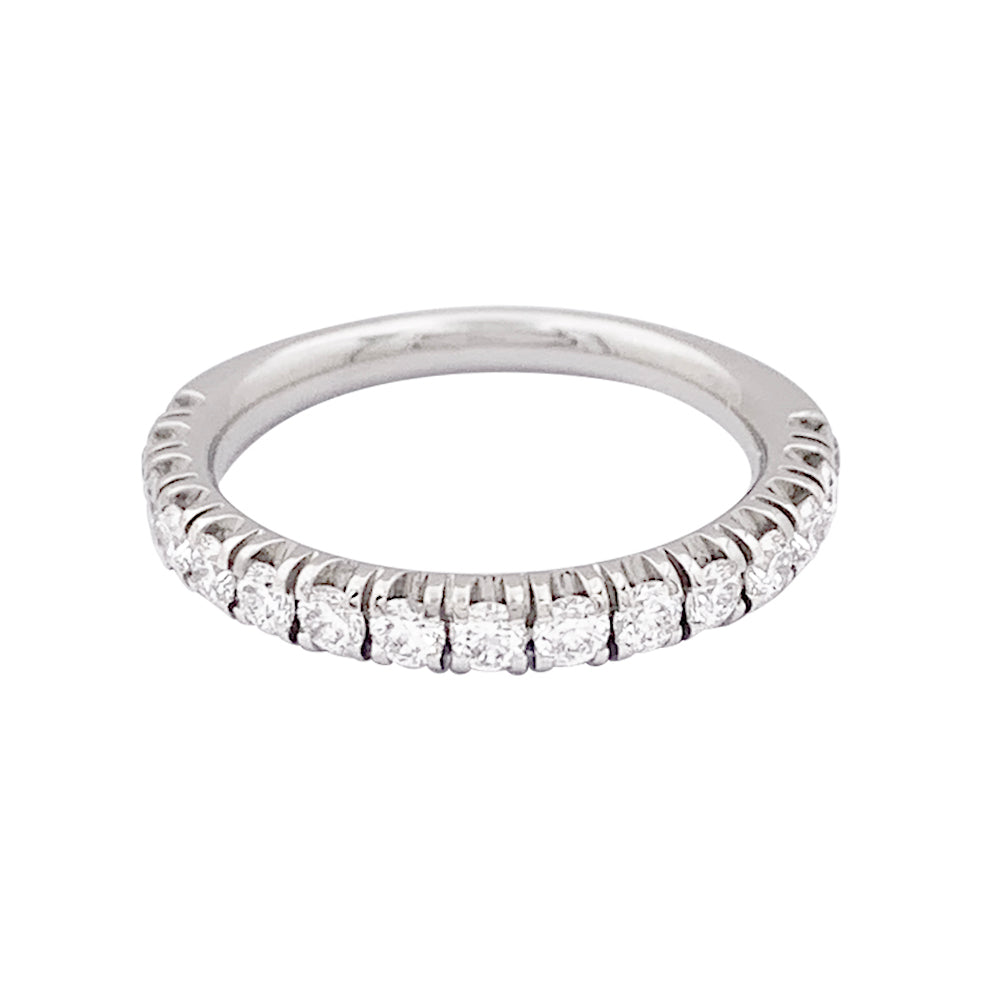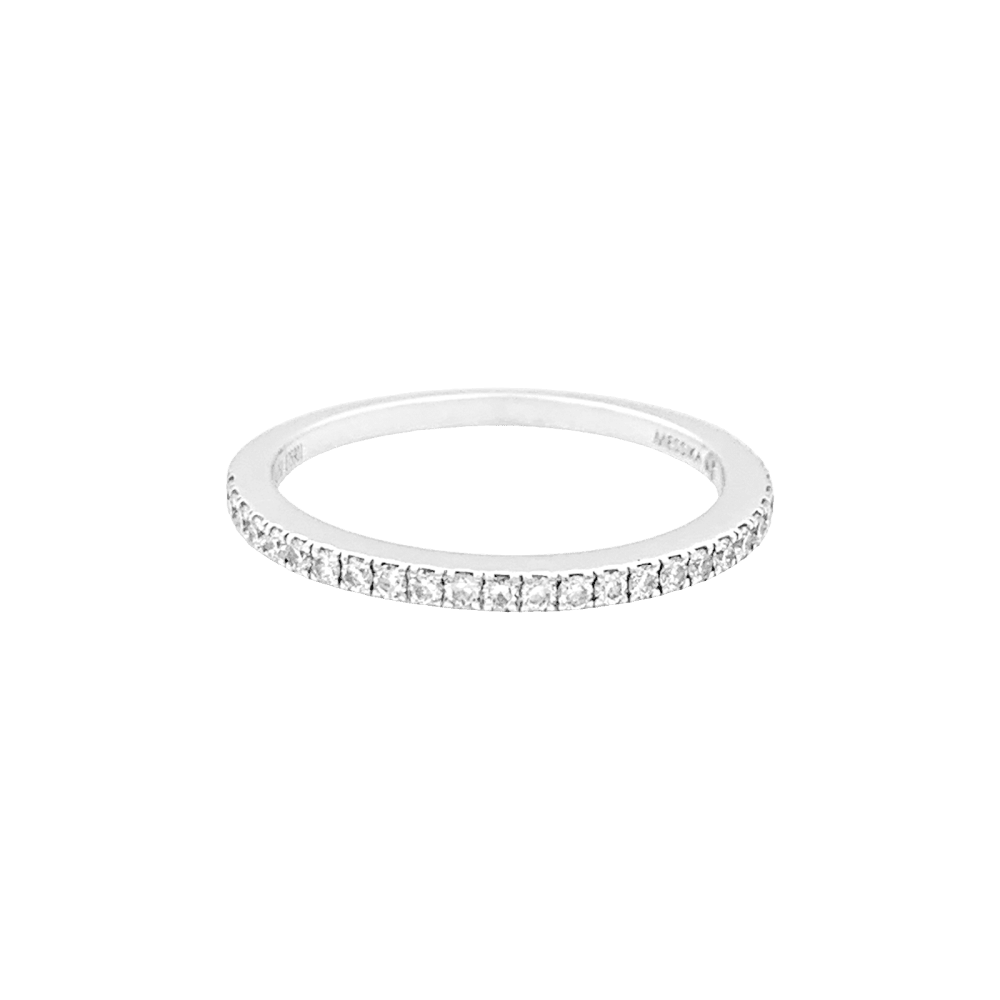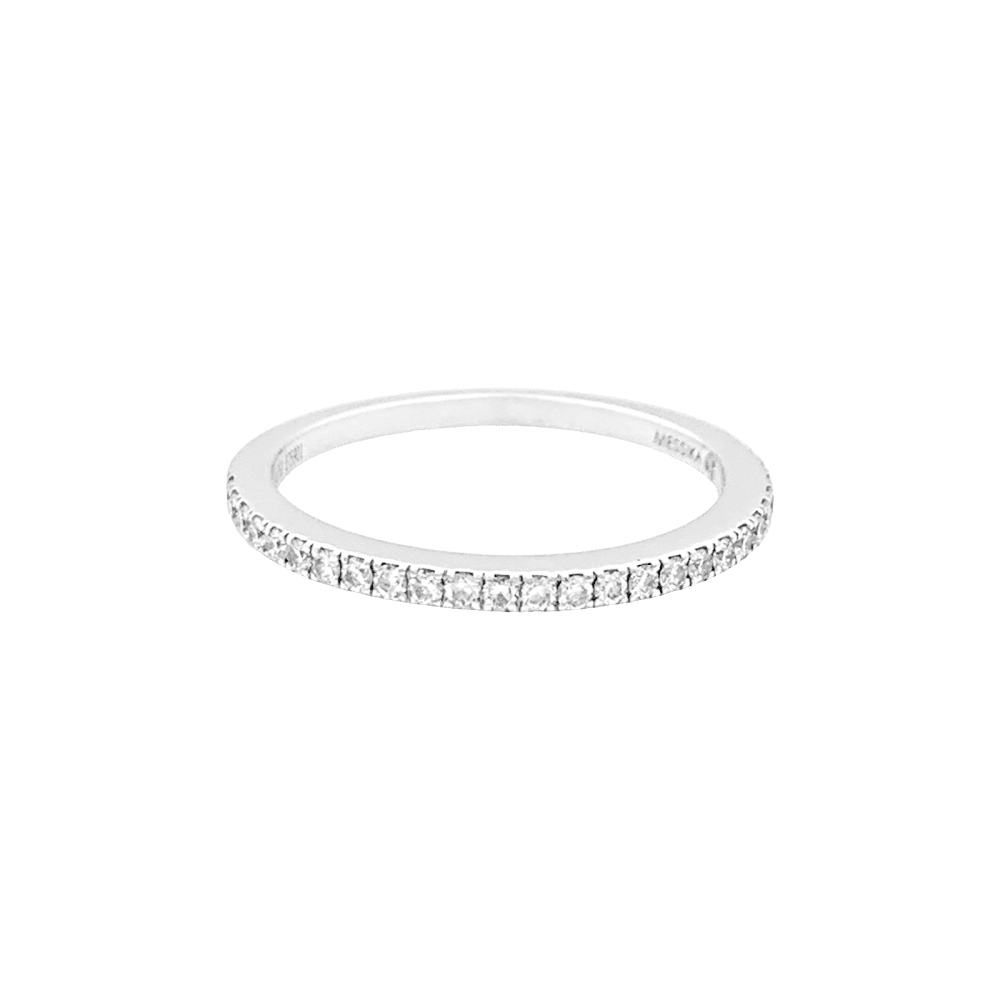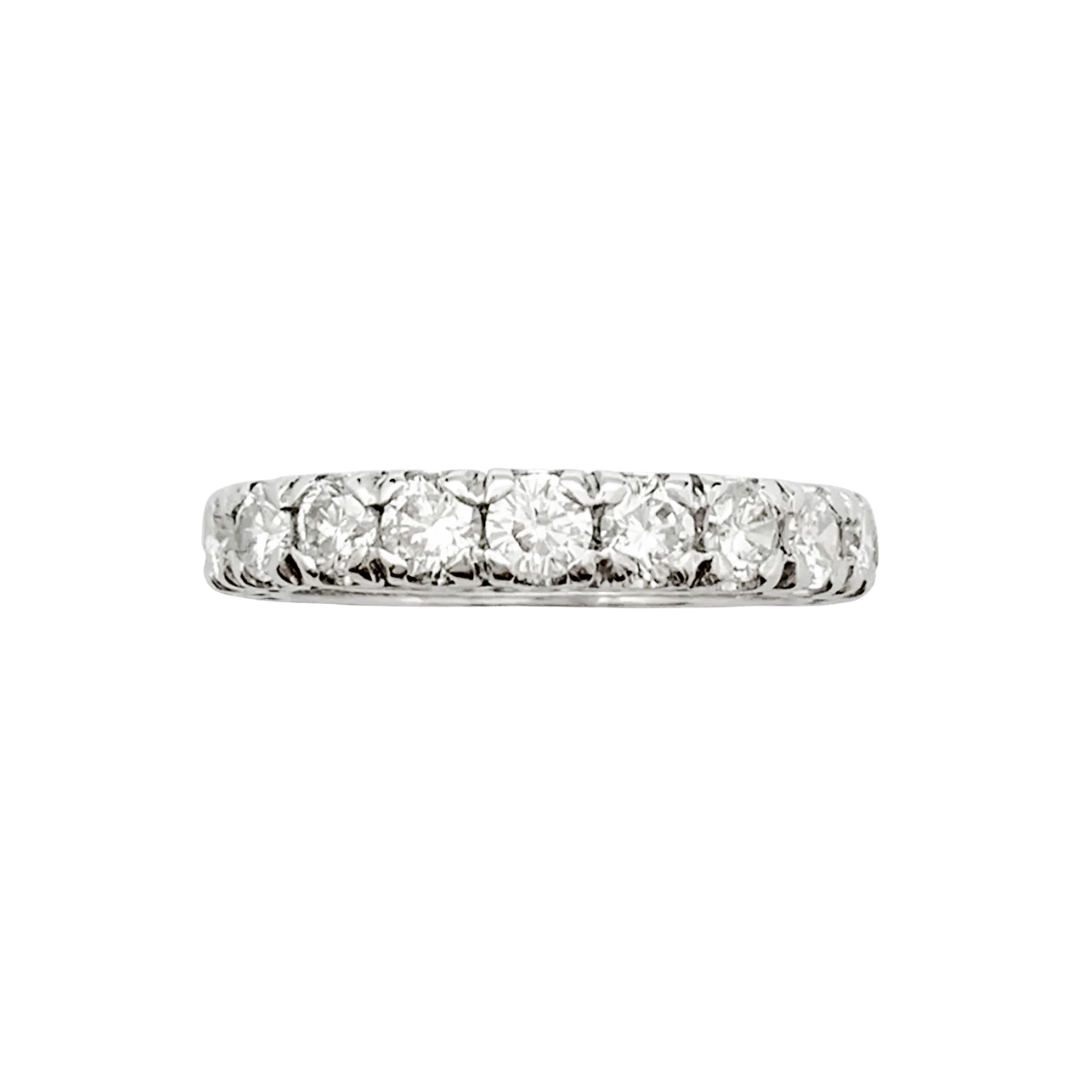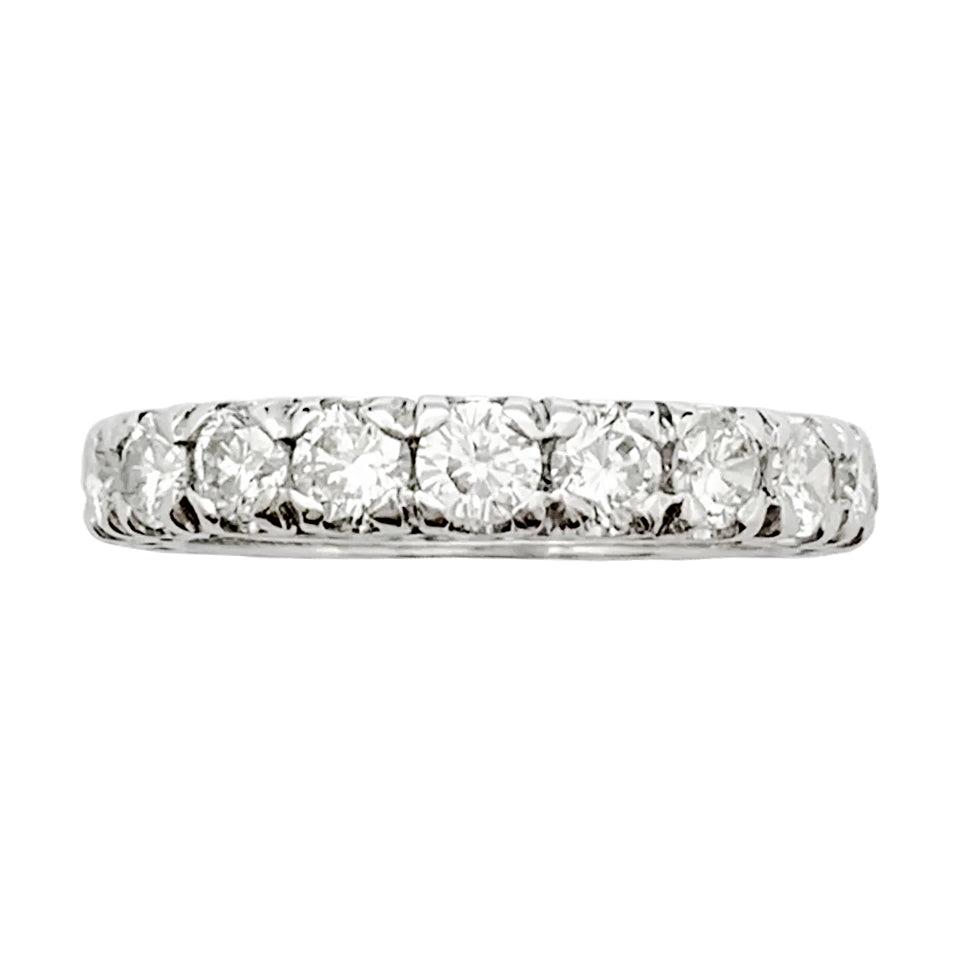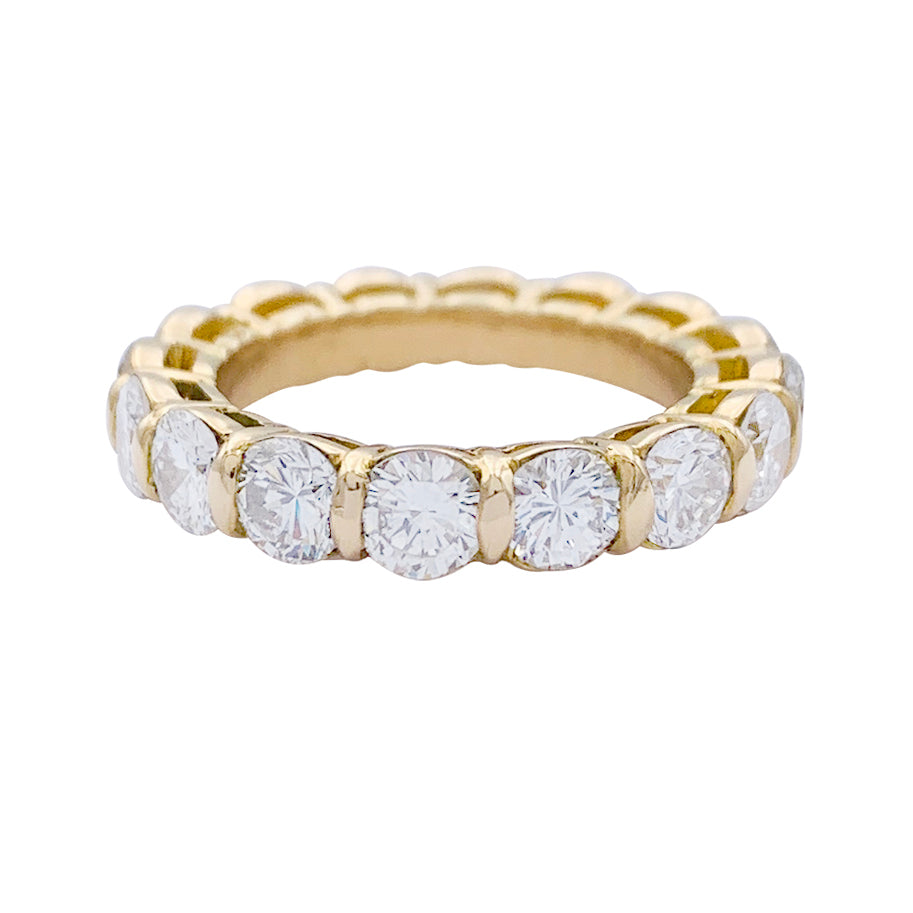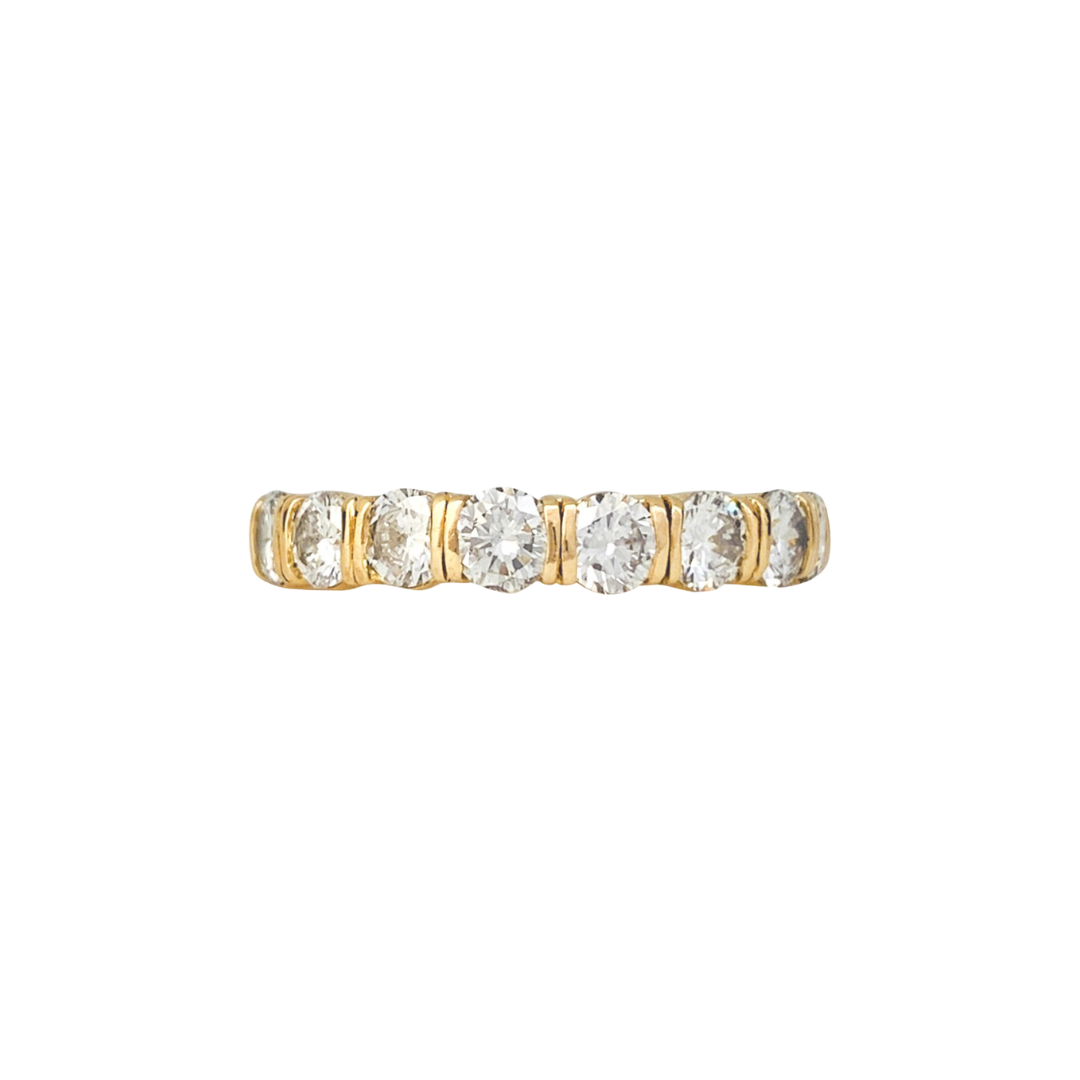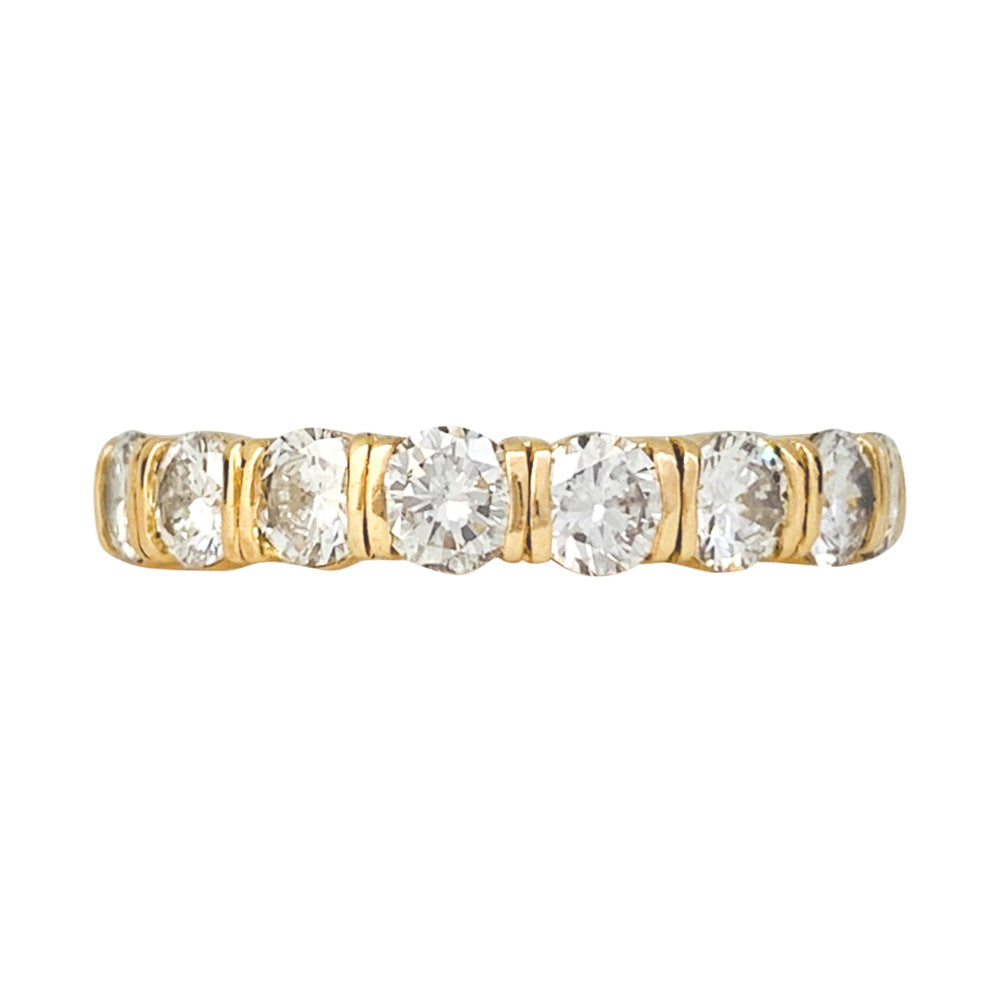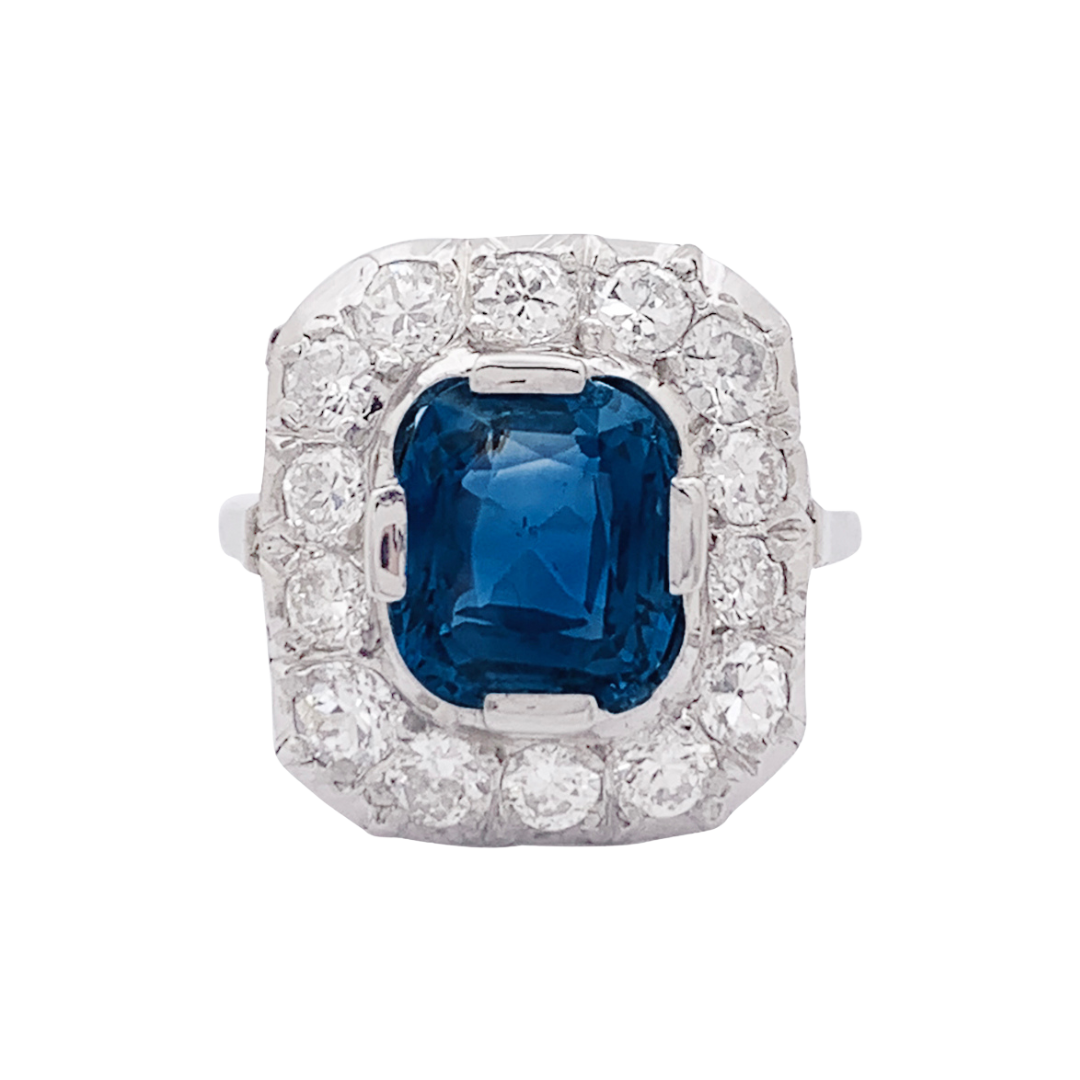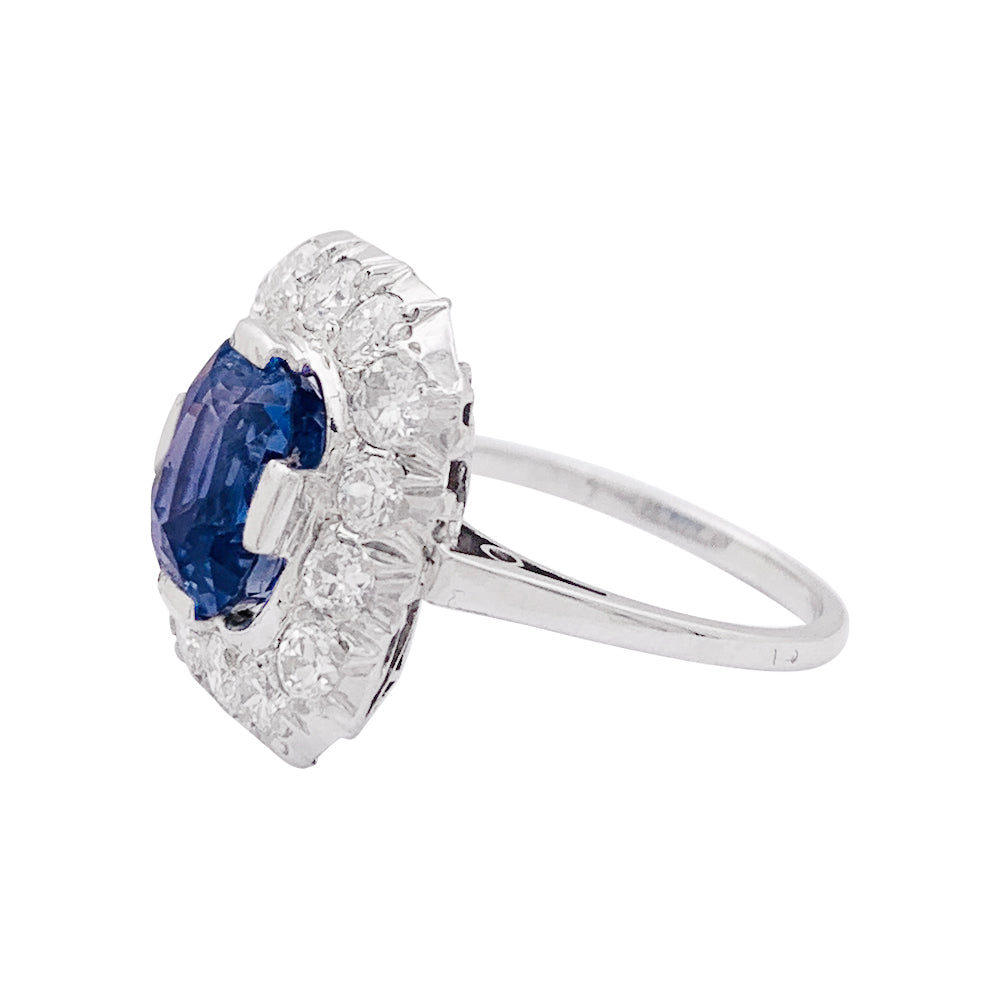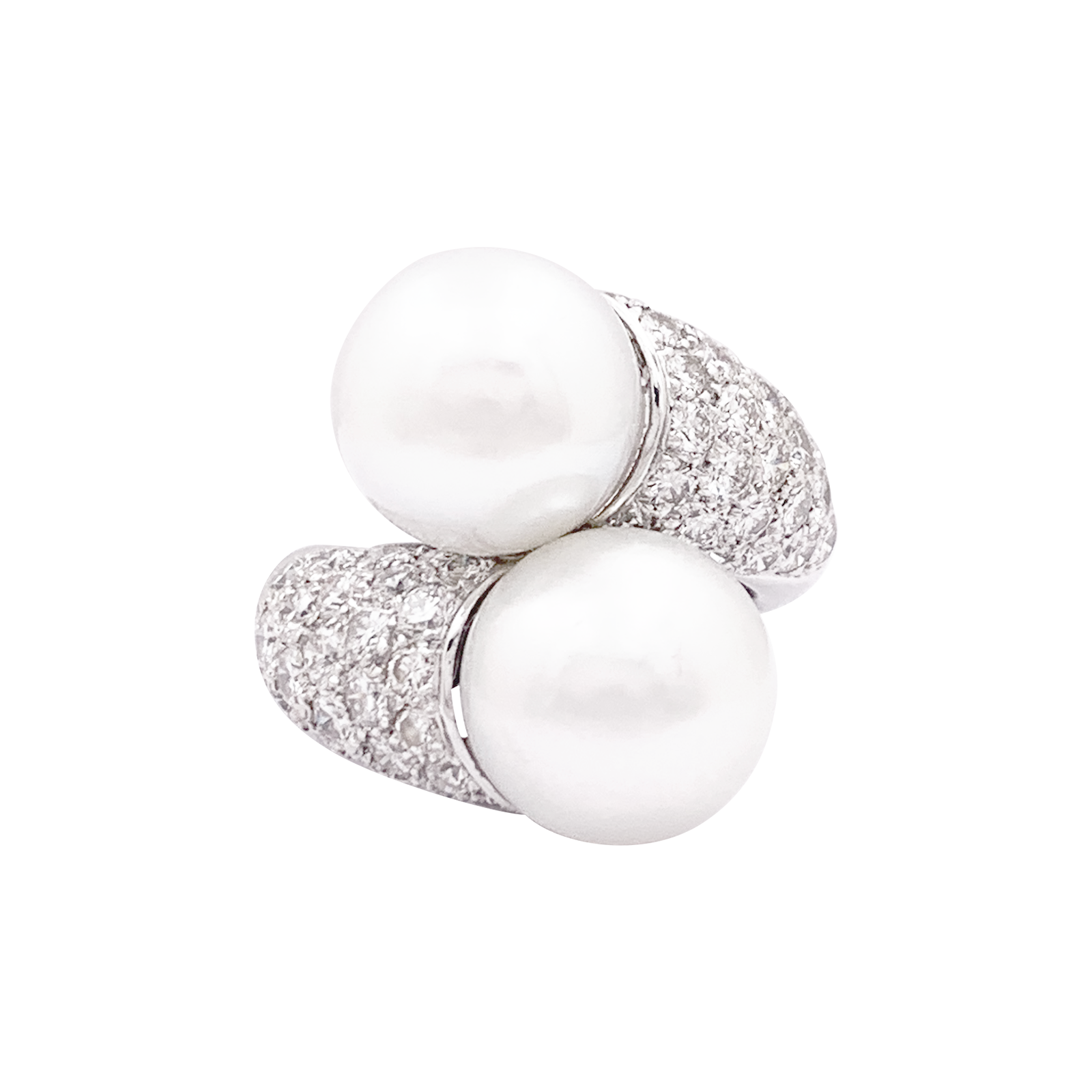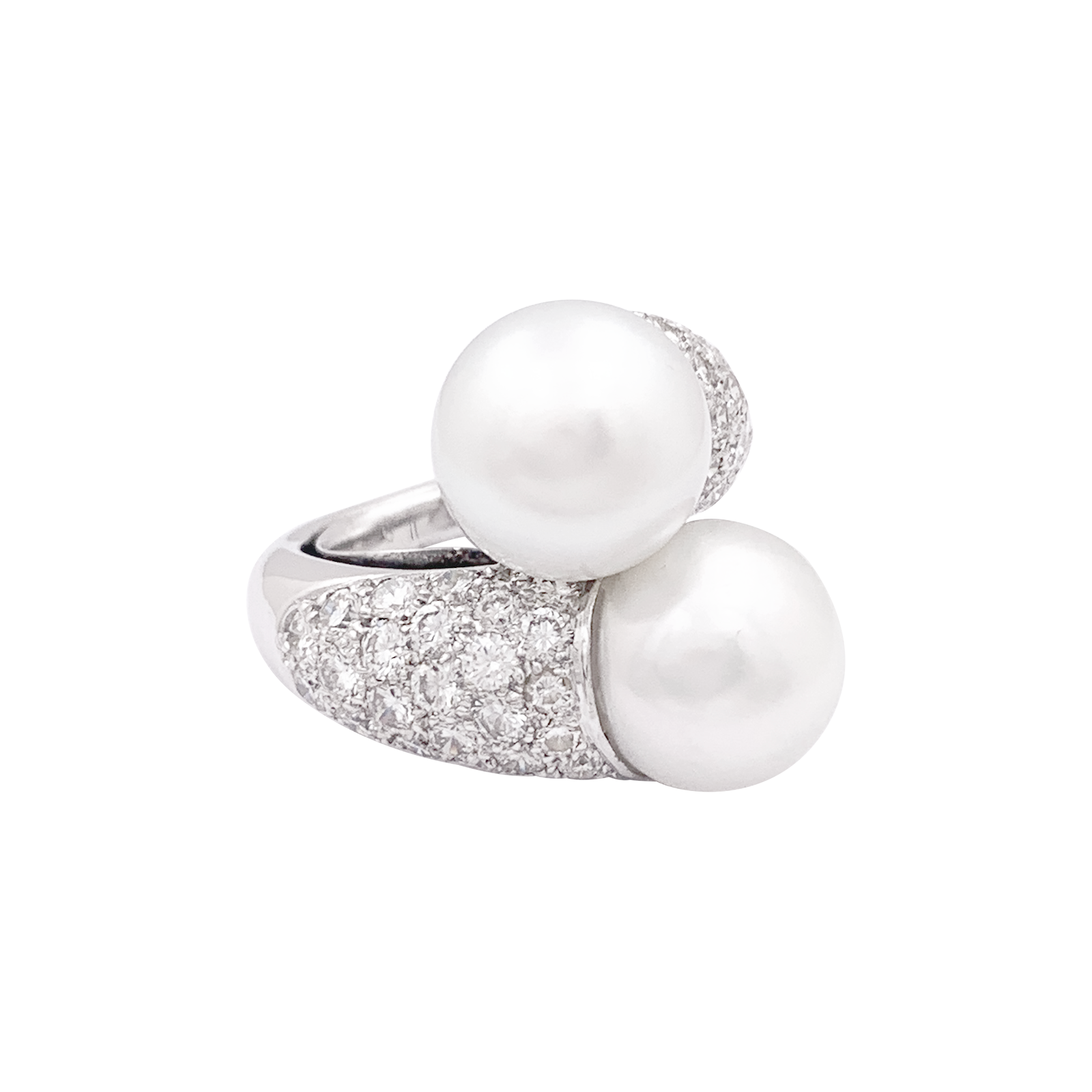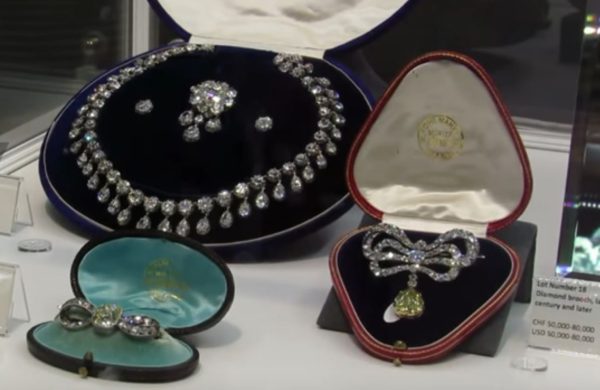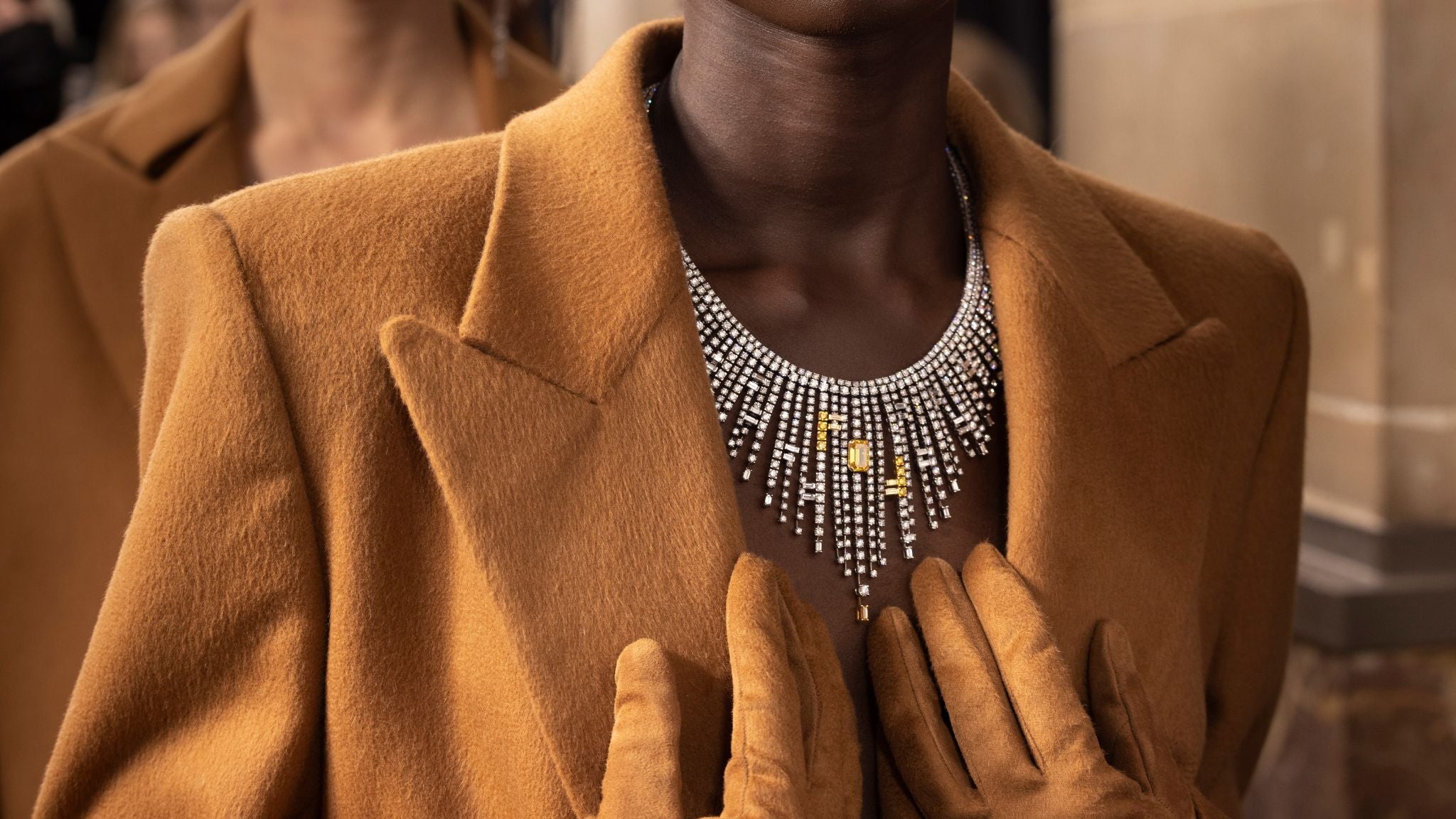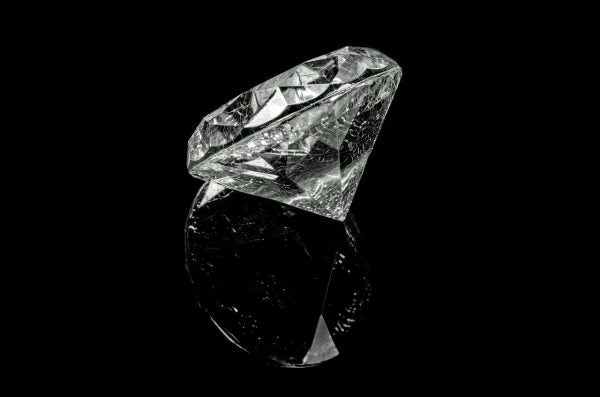
How to recognize a diamond on a ring?
In the world of luxury jewelry , it's not always easy to know what you're dealing with. Whether it's precious metals or stones , how can you tell the real thing from the fake? This is especially true for diamonds, which can be imitated or substituted with much more vulgar stones. Today, we offer you some simple tips to help you distinguish between a real and a fake diamond on a ring , necklace, earrings, etc. By the end of the article, you'll know how to recognize a diamond .
What fake diamonds can be found in rings, earrings, etc.?

The term fake diamonds refers to several types of stones that are sometimes mistakenly confused with diamonds due to their similarities. Here are the most common:
- Zirconium oxide (zirconia)
- Moissanite
- White sapphire
- Spinel
- Glass
- Rutile
Here are some ways to distinguish these stones from real diamonds. The techniques for recognizing a real diamond from a fake on a ring , earrings, or necklace are identical.
How to recognize a real diamond on a ring using a magnifying glass
Diamonds without any imperfections are extremely rare. It's unlikely you'll ever get the chance to own one. Examining a diamond under a magnifying glass helps ensure its authenticity . If you can't see any imperfections, chances are it's a synthetic diamond or a worthless stone.
The heat test
Diamonds have their own thermal properties, namely a low contact temperature . In short, at room temperature a diamond feels cold (just as a metal plate at 50° feels much hotter than a piece of wood at the same temperature). If you put the tip of your tongue on the diamond and it feels cold, it must be a real one. If it feels warm, it's probably zirconia or something else.
The fog test to recognize a real diamond
Exhale air from your mouth onto the diamond, as you would to fog a window. A real diamond should not fog up.
The sandpaper test
It is well known that diamonds are eternal. They are one of the hardest materials on the planet, and are used in many machines that are used for cutting, polishing, planing, etc. You can therefore rub the diamond in your ring with sandpaper. If it is authentic, it will come out intact from this mistreatment... If it scratches, it is a substitute stone. Be careful, if it is a synthetic diamond, this test will not work, since the latter is as hard, if not harder, than a natural diamond.

The Mini Flashlight Test
Using a pen-style flashlight, shine a light on the stone. In a diamond, you should not see the rainbow prism; it should appear outside of it. In many fake diamonds , such as moissanite, the rainbow colors appear within the stone itself.
Also read: What is the price of a 1 carat diamond ring?
The water test
Since diamonds have a higher density than water, they should not float. If a stone floats, it is not a real diamond. This test can only be performed if the stone is not set in jewelry, of course.
Also read:
- The 4Cs of Diamonds
- How much does a 1 carat diamond cost?
How to recognize a natural diamond from a synthetic diamond?
Is a synthetic diamond real or not ? The answer will vary depending on who you ask. Some believe that only natural diamonds are authentic, while others do not.
The difference between a natural diamond and a lab-grown diamond is not easily discernible, even with a jewelry loupe. Natural diamonds contain small amounts of nitrogen, while lab-grown diamonds do not. Gemologists use this criterion to identify whether a diamond is lab-grown or natural.
A diamond's certificate of authenticity: to dispel doubts
The easiest way is obviously to have the diamond's certificate of authenticity in your possession. It accompanies all self-respecting luxury jewelry. For antique jewelry, a certificate of authenticity can be ordered from a gemologist to reassure buyers.
A ring with a genuine diamond? Nothing like an expert to be sure
Do you have a diamond jewel and want to ensure its authenticity? The safest option remains an appraisal . Miller jewelry, a specialist in antique and second-hand jewelry in Paris, will be able to appraise any piece of jewelry, whether it is diamond or not.
When we talk about precious stones, diamonds , emeralds, and real rubies immediately come to mind. And it's true that these are very valuable stones. But there are even rarer and more valuable things. These precious stones are so rare that they exist in very limited numbers, which makes their value higher than emeralds, for example. Here is a list of the most expensive precious stones in the world.
FAQ how to recognize a diamond on a ring
You can use fogging, heat, and sandpaper techniques to determine if a rough contains a diamond. See details above.
All the tests mentioned above, except for the transparency test, also allow you to recognize if a black diamond is authentic.
You can evaluate the diamond set in a ring using heat, fog and abrasion tests.

